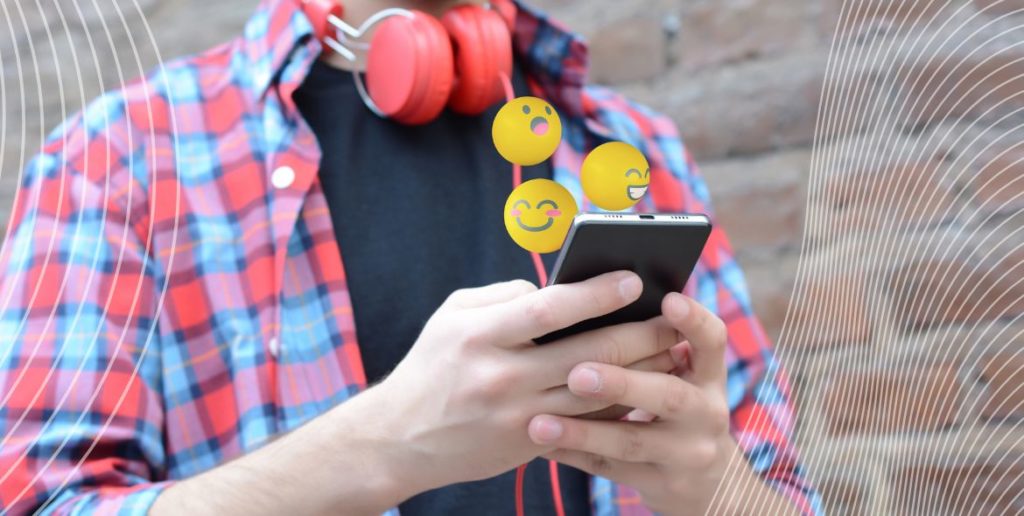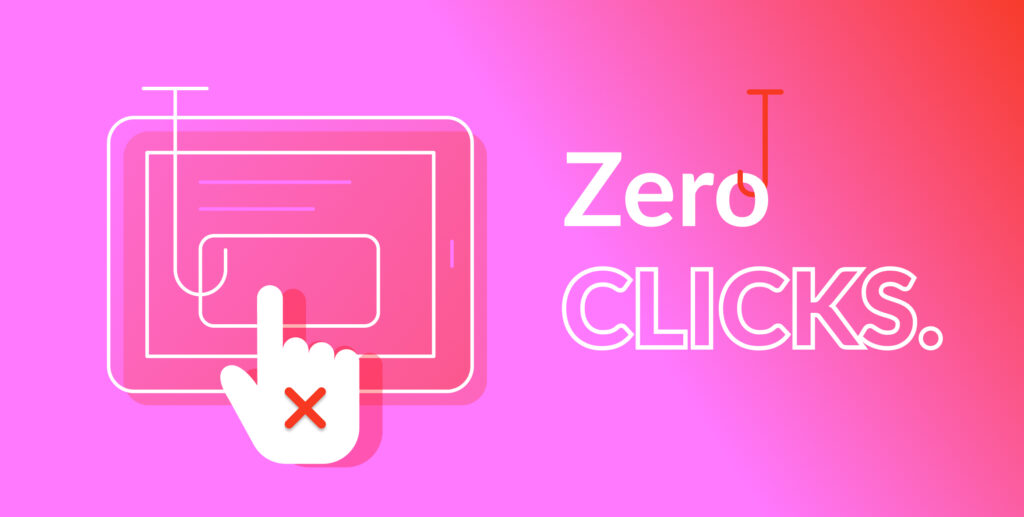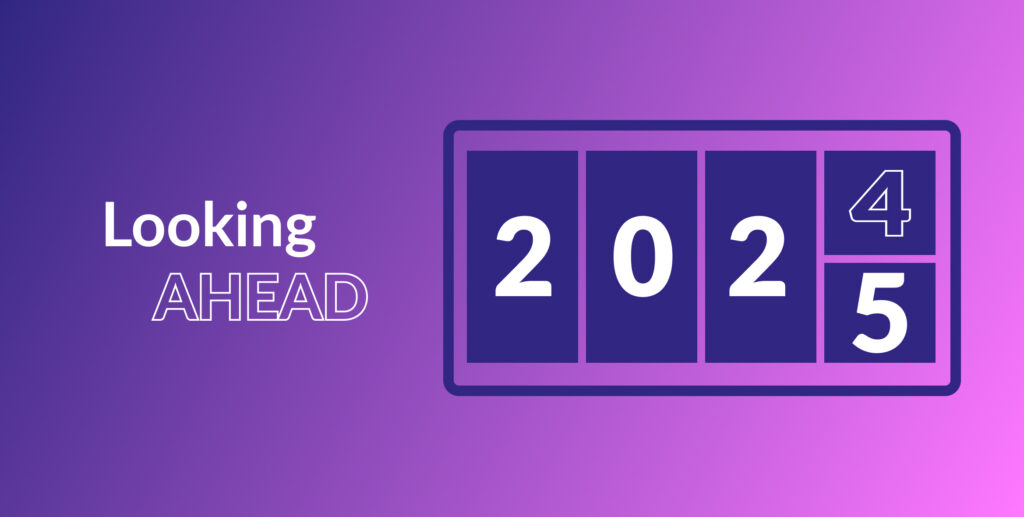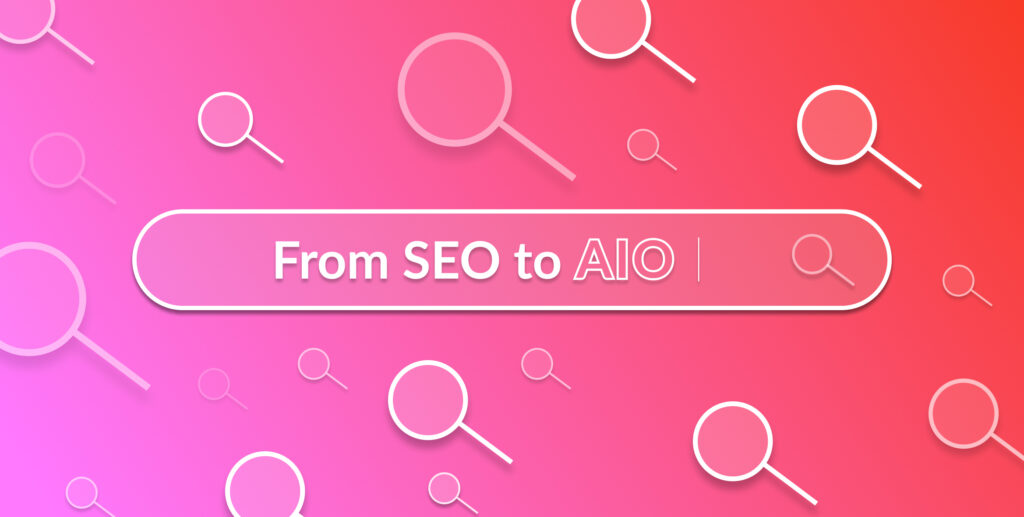Emojis in B2B marketing: yay or nay? 🤔
You might think emojis are unprofessional, inappropriate, maybe even rude. Or perhaps you’ve always seen them as a useful way to make your content friendlier.
Online communications have often been considered the poor man of real-life interactions. The potential for misunderstanding is much higher without body language and other contextual clues, which is why emojis are so potent. According to Dr Linda Kaye, emojis enhance our emotional processing of social information. In other words, they add to our language that much needed context.
There’s of course no pressure to use emojis, but if you’re a fence-sitter, here are some facts to consider:
- Adding emojis to your tweets can increase their engagement by 25%
- Facebook ads that include emojis show a 30-40% higher click-through-rate (CTR)
- Push notifications that include an emoji increase open rates by 85%
How to use emojis on LinkedIn
Emojis became popular on LinkedIn as a way to humanize brands and highlight call-to-actions (CTAs).
Here for example is a post that uses emojis to guide the reader through their post. A pointed finger highlights the key link, while additional emojis add excitement:

Other B2B brands use emojis as a replacement for bullet points, as is the case here:

These are the two most common ways that emojis are used on LinkedIn and, as you can see, they make company posts more friendly and engaging.
(Plus! The more emojis you add, the stronger likelihood that your LinkedIn posts will get 100 likes according to Dr Pierre-Nicolas Schwab).
Ok, Claire, but where do we get those emojis in the first place?
How to find emojis:
- Use a website like emojipedia to search for your perfect emoji. Copy and paste it into your LinkedIn post.
- Bring up the emojis keyboard using a shortcut. On macs, the shortcut is CTRL + CMD + space; on PCs it’s the Windows logo + . (period).
When should you avoid emojis in B2B marketing?
It’s not all 🌹 and 😻 with emojis, unfortunately. Like any communication tool, it needs to be deployed thoughtfully.
Some things to look out for:
- Cultural differences. An emoji that might seem innocent to a particular demographic, might have sexual connotations, or be read as an insult to another. Know your audience and do your research if you’re unsure.
- Screen compatibility. Newer emojis might not be fully coded across platforms and appear as a black and white frame. It might be better to use more established emojis as a result. With over 3,000 to choose from, you’re at no risk of running out of options.
- Context, context, context. Much as I love emojis, they’re not appropriate in every setting. If you’re speaking to a conservative audience, a whitepaper scattered with emojis might not have the intended impact.
But, overall, don’t let fear of the unknown stop you from experimenting with emojis in your B2B communications. You might be surprised by how your audience reacts to them!
Ready to add emojis to your B2B marketing?
If you would like to discuss how Isoline can increase your LinkedIn engagement, get in touch at hello@isolinecomms.com.



